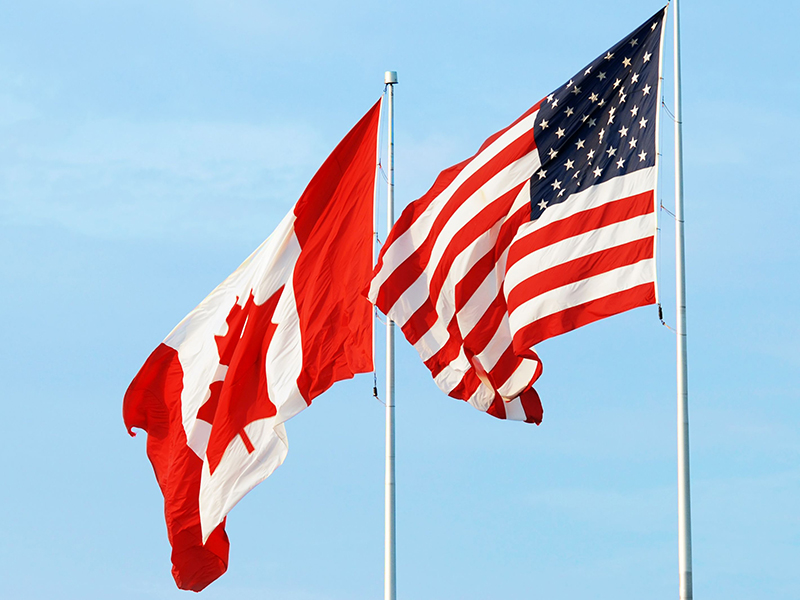
Despite a parallel case underway in U.S. courts, an Ontario court has given the green light to a proposed class action against Toronto-based Cronos Group Inc. alleging that it made misrepresentations to investors.
The Ontario Superior Court of Justice certified a securities class action suit against the company, which trades on both the TSX and Nasdaq. The company sought to stay the claims of U.S. shareholders in the proposed Canadian class action on the basis that U.S. investors are already covered by the case filed in the U.S. district court for the Eastern District of New York.
The allegations in both cases involve claims that Cronos overstated its revenues in 2019. The firm corrected and restated those filings and, in settlements with the Ontario Securities Commission and the U.S. Securities and Exchange Commission, the company admitted to overstating its revenues and not having adequate internal controls over financial reporting.
Shareholder class actions followed, but the allegations haven’t been proven in either case. While the Ontario case has now been certified, the U.S. court has reserved its decision on certification.
The Ontario court said the plaintiffs had no trouble establishing a potential cause of action — secondary market misrepresentation.
The dispute is over which investors should be covered by the case. While the company argued U.S. shareholders should be excluded from the Canadian action, the plaintiffs maintained they should be able to litigate in both jurisdictions and participate in whichever resolution they prefer.
The U.S. shareholders “concede that at some point there will be what has been called a ‘day of reckoning’ in which one court will be asked to recognize the judgment or settlement in the other, but they wish to put off that day until it actually dawns,” the court said.
According to the court, U.S. shareholders will face a decision between proceeding in U.S. courts, where the damages are likely to be higher but where there’s also a higher bar to establishing liability — given that U.S. law requires plaintiffs to prove intent — and the Canadian case, where damages will likely be lower but plaintiffs don’t have to establish intent.
“As plaintiff’s counsel point out, a settlement of the [New York] action may be harder to achieve, but ultimately more generous, than a settlement of the Ontario action,” the court said. “One can with some confidence predict that proposed settlements may take different shapes on each side of the border, perhaps reflecting certain features of the two justice systems that distinguish the two actions.”
Ultimately, the Ontario court ruled that U.S. shareholders should not be excluded from the case in Ontario at the outset.
“The upshot of this is that the U.S. shareholders can remain in the class in the present case, even though they have also brought a parallel U.S. case. It will be for this court in the event of a future settlement or judgment to keep in mind that no class member should get ‘two bites at the apple’ against any defendant,” the court said in certifying the case.